8.6: Sociological Theories and Global Inequality
- Page ID
- 57071
\( \newcommand{\vecs}[1]{\overset { \scriptstyle \rightharpoonup} {\mathbf{#1}} } \) \( \newcommand{\vecd}[1]{\overset{-\!-\!\rightharpoonup}{\vphantom{a}\smash {#1}}} \)\(\newcommand{\id}{\mathrm{id}}\) \( \newcommand{\Span}{\mathrm{span}}\) \( \newcommand{\kernel}{\mathrm{null}\,}\) \( \newcommand{\range}{\mathrm{range}\,}\) \( \newcommand{\RealPart}{\mathrm{Re}}\) \( \newcommand{\ImaginaryPart}{\mathrm{Im}}\) \( \newcommand{\Argument}{\mathrm{Arg}}\) \( \newcommand{\norm}[1]{\| #1 \|}\) \( \newcommand{\inner}[2]{\langle #1, #2 \rangle}\) \( \newcommand{\Span}{\mathrm{span}}\) \(\newcommand{\id}{\mathrm{id}}\) \( \newcommand{\Span}{\mathrm{span}}\) \( \newcommand{\kernel}{\mathrm{null}\,}\) \( \newcommand{\range}{\mathrm{range}\,}\) \( \newcommand{\RealPart}{\mathrm{Re}}\) \( \newcommand{\ImaginaryPart}{\mathrm{Im}}\) \( \newcommand{\Argument}{\mathrm{Arg}}\) \( \newcommand{\norm}[1]{\| #1 \|}\) \( \newcommand{\inner}[2]{\langle #1, #2 \rangle}\) \( \newcommand{\Span}{\mathrm{span}}\)\(\newcommand{\AA}{\unicode[.8,0]{x212B}}\)
The Functionalist Perspective: Motivating Qualified People
Key Points
Key Terms
Critiques of the Functionalist Perspective

The Conflict Perspective: Class Conflict and Scarce Resources
Key Points
Key Terms
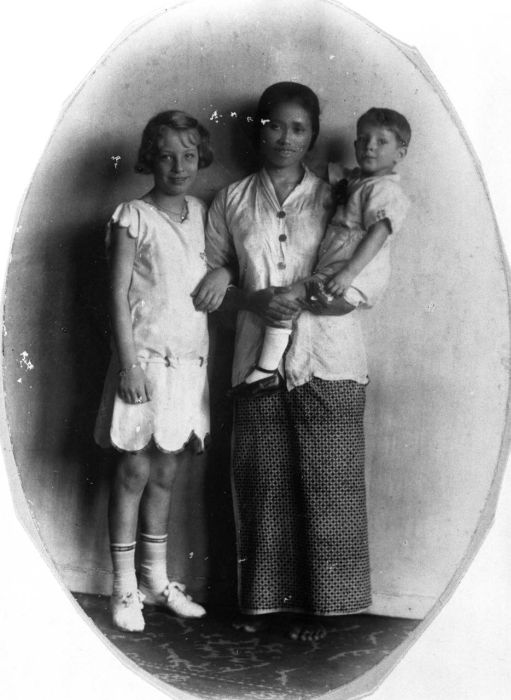
The Interactionist Perspective
Key Points
Key Terms

Lenski’s Synthesis
Key Points
Key Terms
Hunting, Gathering, Subsistence
Horticulture, Pastoralism, Surplus

Marx’s View of Class Differentiation
Key Points
Key Terms
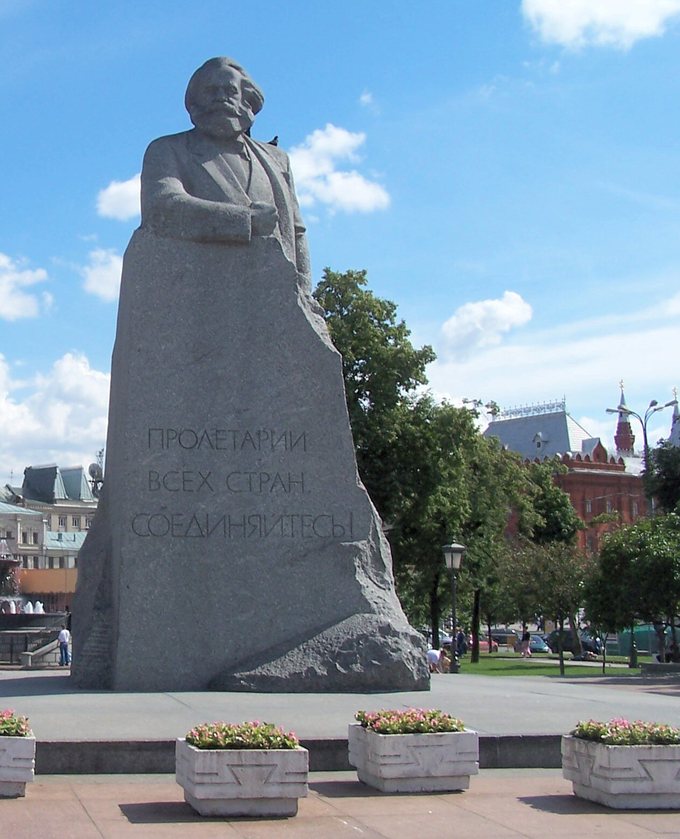
Weber’s View of Stratification
Key Points
Key Terms
Three Sources of Power
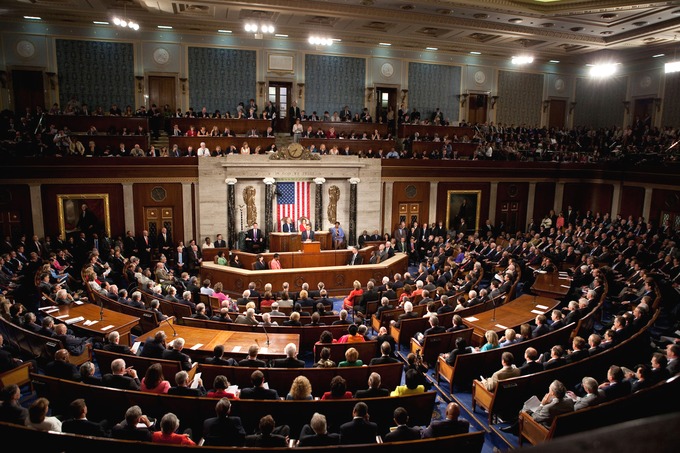
Market-Oriented Theories
Key Points
Key Terms
Dependency Theories
Key Points
Key Terms
Historical Dependency
Modern Dependency
Malnutrition and Dependency
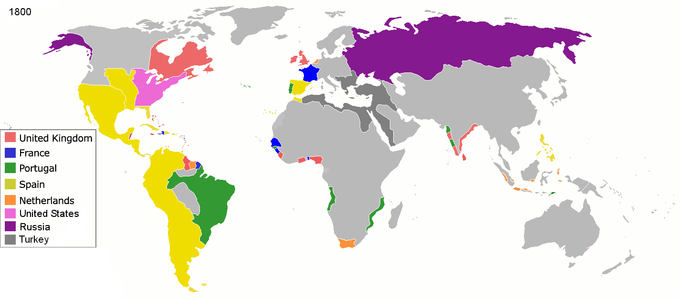
World-Systems Theory
Key Points
Key Terms
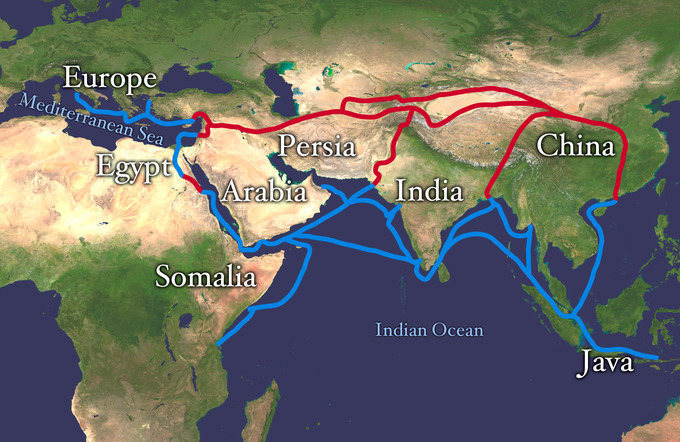
State-Centered Theories
Key Points
Key Terms
Socialism and Communism
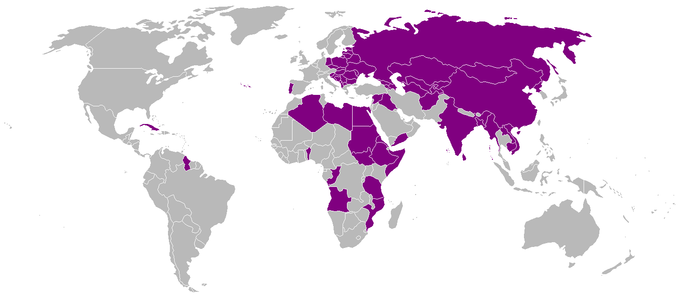
Evaluating Global Theories of Inequality
Key Points
Key Terms
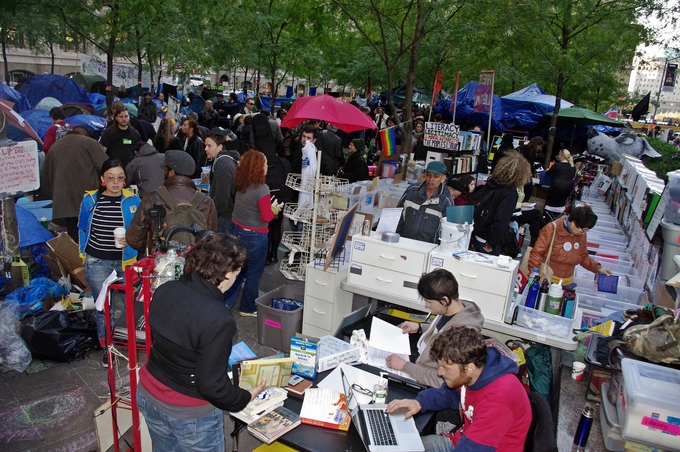
Contributors and Attributions
CC licensed content, Specific attribution


